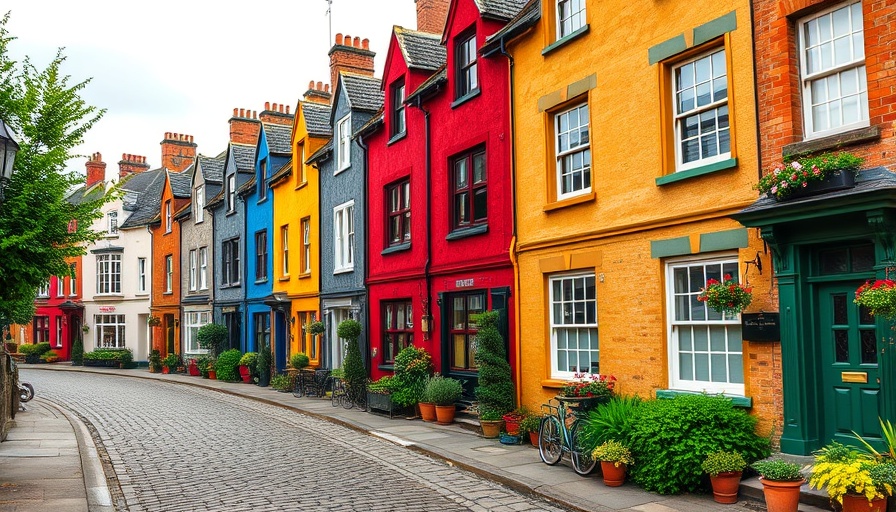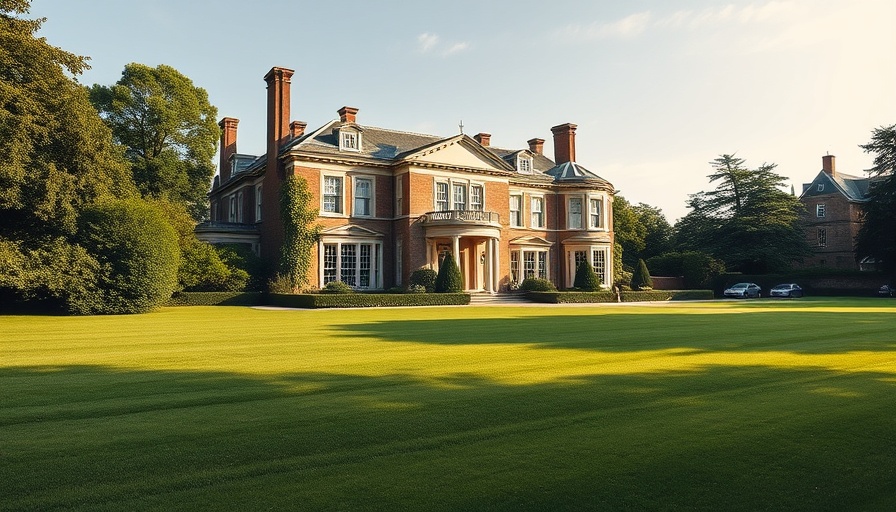
Understanding Scotland's Unique Property Markets
Scotland’s residential property market is a captivating tapestry, woven from diverse threads of local economies, cultural influences, and buyer behaviors. As we delve into 2025, it is paramount to appreciate that Scotland does not function as a monolith when it comes to real estate. Rather, it is a mosaic of micro-markets, each with distinctive characteristics that resonate with buyers and investors alike.
Aberdeen: Stability Amid Correction
In the realm of Scottish real estate, Aberdeen has always stood out. Historically, its housing market thrived due to the oil and gas industry, but recent years have ushered in significant corrections. As of April 2025, the average house price in Aberdeen is reported at £142,000, reflecting a modest increase of 1.9% over the previous year. While these numbers provide a sense of stability, they also underscore ongoing challenges stemming from shifts in global energy markets. For owners and investors, understanding the localized factors affecting housing demand remains crucial.
Glasgow: A City on the Rise
Glasgow, on the other hand, is experiencing a property boom, showcasing resilience and growth. With an impressive average house price surge to £187,000—an 8.7% increase since April 2024—Glasgow’s real estate market is buoyed by infrastructure projects, such as new bridges and developments like Barclays Plaza. This reinvestment into the city is sparking buyer confidence, with areas like Dennistoun becoming hotspots for investment. As urban regeneration continues, leading to rising demand in up-and-coming districts, investors have reason to remain optimistic.
Edinburgh: A Market in Transition
Meanwhile, Edinburgh’s residential market is moving at a more deliberate pace. The average price stands at £291,000, showcasing a 6.1% rise from the previous year. Factors sculpting this landscape include family considerations around education costs and a disparity between seller expectations and buyer readiness. Despite a thriving rental market, the low availability of rental properties signifies a growing issue that influences both rental and purchase decisions. The trend towards remote working is also prompting many to seek homes beyond urban boundaries, contributing to rising prices in surrounding commuter belts.
The Broader Scottish Landscape: Affordability in Context
Overall, Scotland remains a comparatively affordable place to buy real estate, with the average home costing around 5.6 times the average annual wage. This ease of access contrasts sharply with England, where the ratio surges to 8.6 times. This affordability factor is essential for potential buyers, as it offers opportunities not just for homeownership but also for real estate investment, especially in a nation that is evolving with the economic landscape.
Conclusions and Future Opportunities
The Scottish property market presents unique and distinct opportunities for property owners and investors. Understanding the nuances of each micro-market, from the rugged shores of Aberdeen to the vibrant streets of Glasgow and the historic allure of Edinburgh, is vital for making informed investment decisions. As we move forward, it is crucial for stakeholders to remain informed about local market dynamics, impending development projects, and shifts in buyer sentiment to capitalize on emerging opportunities. Therefore, whether you’re looking to buy your first property, invest in a rental, or simply explore the market, knowledge remains your greatest asset.
For more insights on market trends and investment opportunities, don’t hesitate to reach out to professionals who understand the intricacies of Scotland’s residential markets. Taking your first steps into property ownership or investment can be daunting, but with the right guidance and insights, it is truly rewarding.
 Add Row
Add Row  Add
Add 





Write A Comment